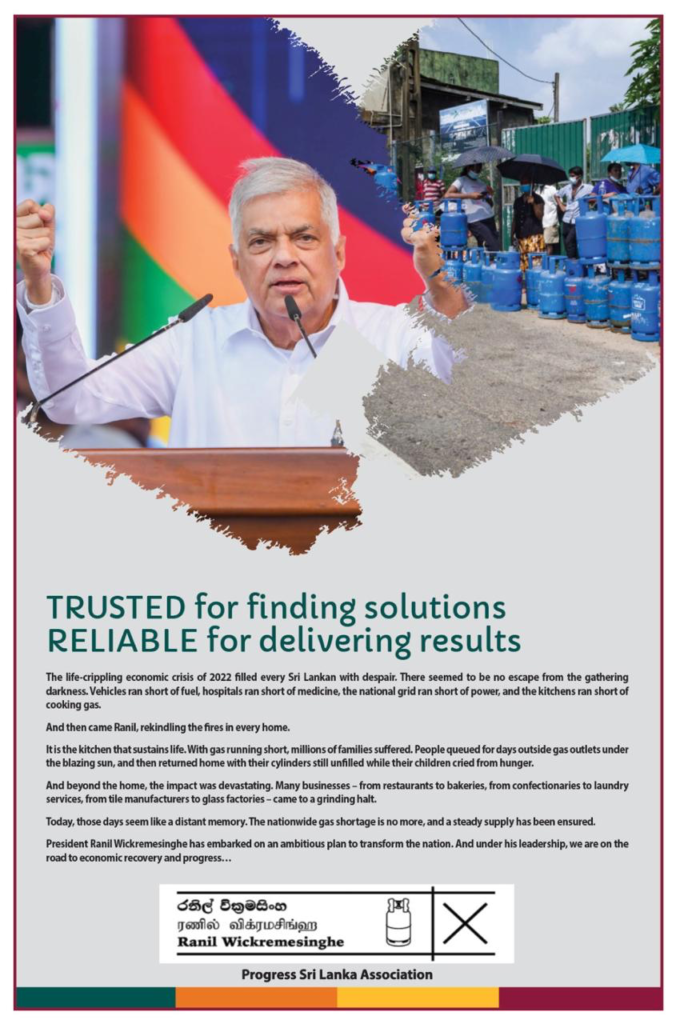September 07, Colombo (LNW): Sri Lanka’s current economic reform program, supported by the International Monetary Fund (IMF), marks a significant departure from previous engagements.
A key distinction is that debt restructuring is now a major pillar of the reform program. This program represents a new chapter in Sri Lanka’s relationship with the IMF, where restructuring debt has become central to achieving macroeconomic stability. Finnace Ministry clarified.
The IMF’s lending rules prohibit support to countries with unsustainable debt. Consequently, Sri Lanka has had to undertake debt restructuring while simultaneously negotiating broader macroeconomic reforms with the IMF.
The country is committed to ensuring that any agreements made with creditors will restore public debt sustainability, as assessed by the IMF.
Unlike low-income countries, Sri Lanka falls under the IMF’s Market Access Sovereign Risk and Debt Sustainability Framework (MAC SRDSF), which applies to middle-income economies.
Once established, debt restructuring targets become fixed and can only be altered if there is substantial evidence that the targets are no longer viable.
These targets are based on Sri Lanka’s debt-carrying capacity and are not influenced by shifts in the macroeconomic framework.
The MAC SRDSF methodology, which is publicly available, uses a model that incorporates historical macroeconomic data and applies stress tests to determine near-, medium-, and long-term outcomes. , finance ministry emphasied
These outcomes are primarily mechanical, although IMF staff can apply judgment to introduce additional stress tests or variables. However, this judgment is thoroughly reviewed and ultimately requires approval from the IMF Executive Board.
In Sri Lanka’s case, the mechanical and staff-assessed projections indicate high risks to medium- and long-term debt sustainability, mainly due to vulnerabilities to economic shocks and structural challenges such as an aging population and climate risks.
These projections are updated regularly, particularly during IMF program reviews, which occur every six months.
While the MAC SRDSF model’s parameters are inflexible, the technical aspects of the Debt Sustainability Analysis (DSA) have been extensively negotiated between Sri Lankan authorities, their debt advisors, and the IMF.Itadded.
This includes discussions on the scope of public debt, refinancing assumptions, and the costs associated with recapitalizing the banking sector.
Since the beginning of its debt restructuring process in June 2022, Sri Lanka has developed its own DSA models to guide its negotiation strategy.
These models, created with the help of debt advisors, are regularly aligned with IMF assessments. Sri Lanka uses these models to design offers to creditors and evaluate proposals to ensure compatibility with IMF constraints. Creditors, in turn, often create their own DSA models to inform their negotiating positions.
The IMF’s DSA plays a unique role in the sovereign debt restructuring process. Whenever Sri Lanka reaches an agreement with a creditor, the IMF confirms that the terms comply with the necessary debt relief targets. The IMF may also apply its judgment in addition to the mechanical outcomes to make its assessments.
Although a country could reject the IMF’s DSA if it disagrees with the outcomes, doing so would delay any financing program, potentially prolonging the economic crisis.
For Sri Lanka, which faced severe challenges in mid-2022—such as depleted foreign reserves, soaring inflation, civil unrest, and a near-collapse of the socio-economic fabric—such delays would have been disastrous.




